Zoos have long been a topic of debate among conservationists and animal lovers. However, when it comes to the conservation of big cats, zoos can play a crucial and positive role. From breeding programs to educational campaigns, zoos offer a multifaceted approach to help preserve the future of these majestic animals. This article delves into how zoos contribute to the conservation of big cats.
Understanding the Threats to Big Cats
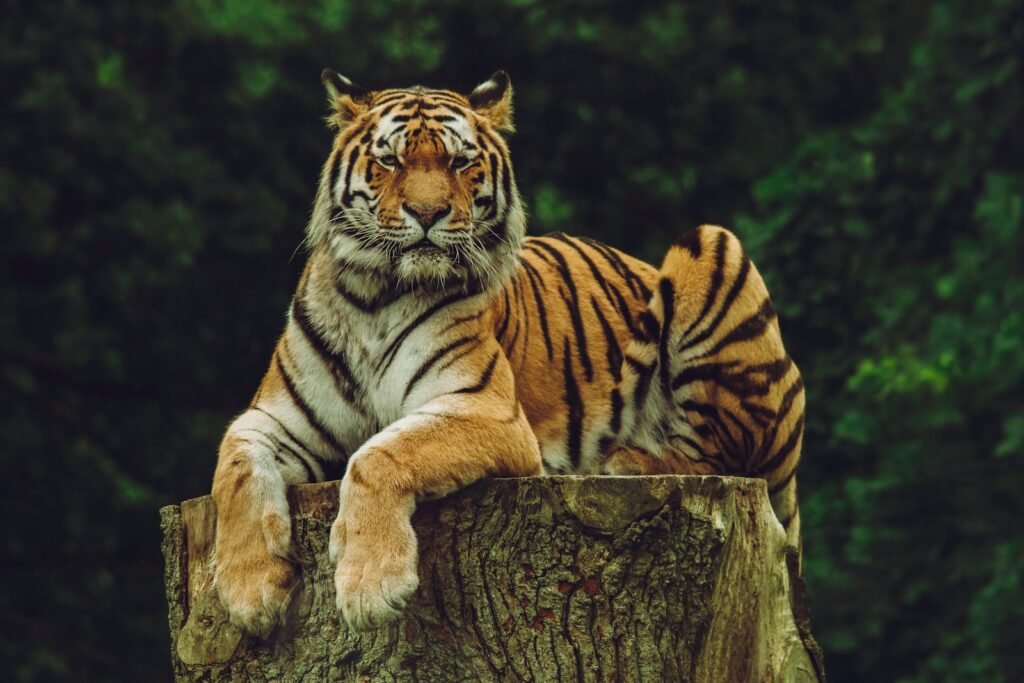
Before appreciating how zoos contribute to conservation, it’s essential to understand the threats faced by big cats in the wild. These threats include habitat loss, poaching, human-wildlife conflict, and declining prey populations. Each of these factors contributes to the decline in big cat populations worldwide.
Zoos as Arks: Preserving Genetic Diversity
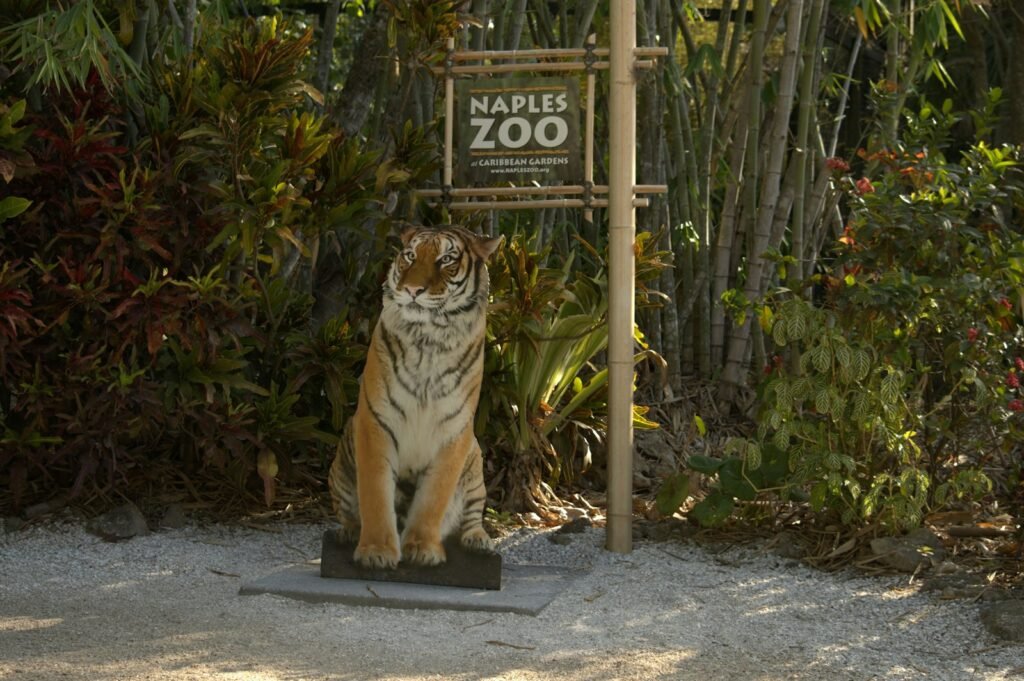
Zoos act as arks, preserving genetic diversity through carefully planned breeding programs. Species Survival Plans (SSPs) are initiatives that zoos commit to for breeding endangered species, maintaining genetic health, and preventing inbreeding. This strategy is critical for safeguarding species that face dwindling numbers in their natural habitats.
Research and Data Collection
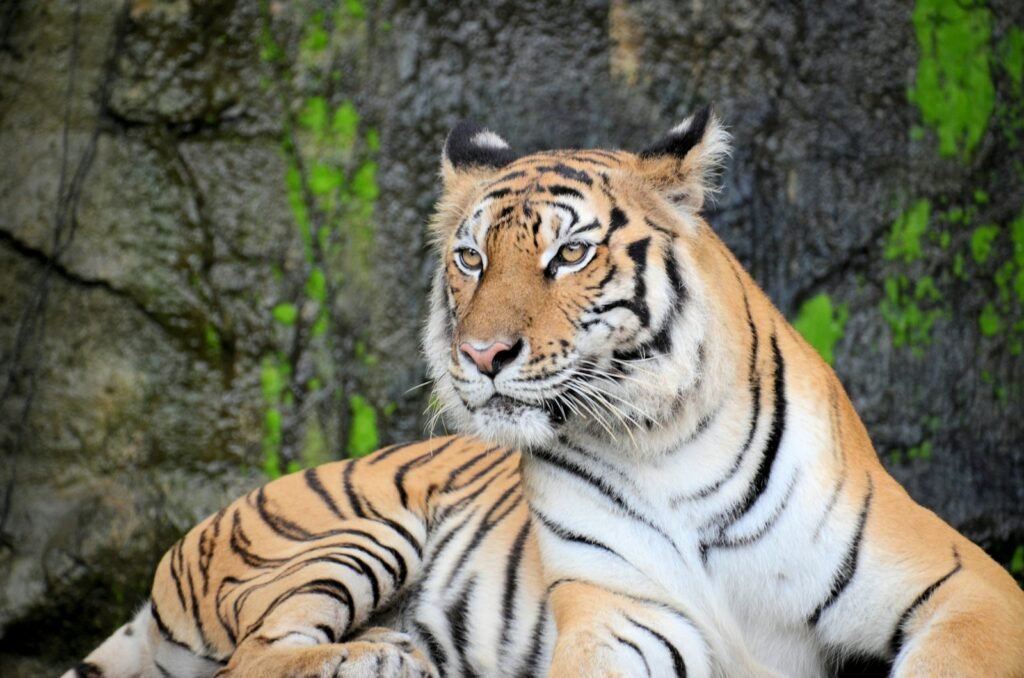
Conducting research is a fundamental aspect of modern zoos. These facilities provide a controlled environment where scientists can study big cats’ anatomy, genetics, behavior, and health, gathering valuable data that supports conservation efforts. Research conducted in zoos often informs strategies for managing wild populations and improving habitat conservation efforts.
Education and Awareness
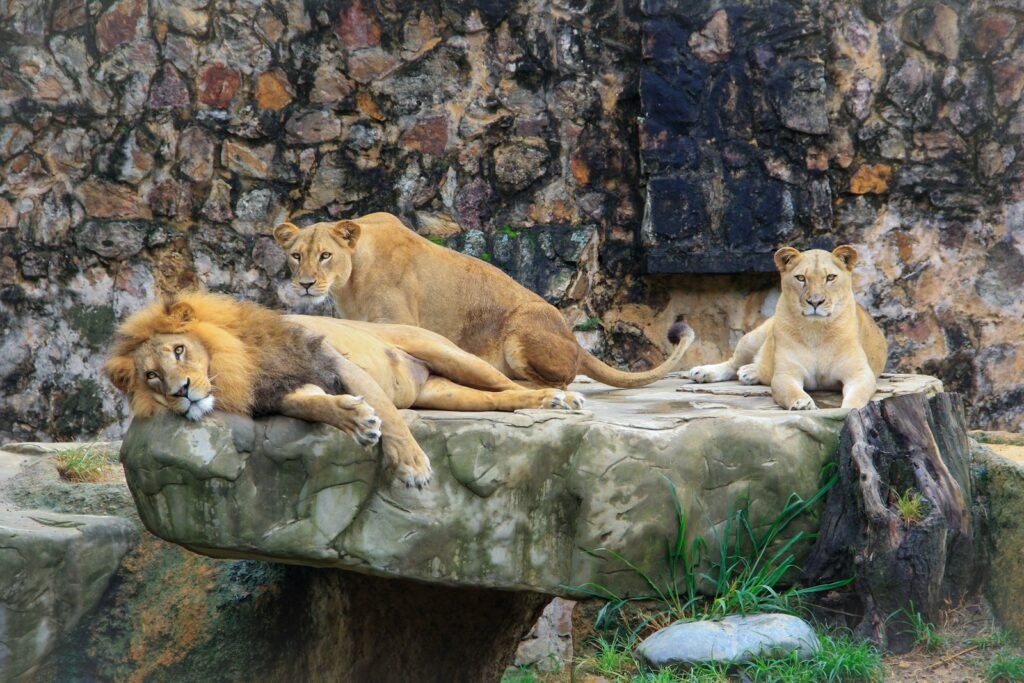
Zoos play an essential role in educating the public about the plight of big cats and the importance of conservation. Educational programs, informational displays, and interactive experiences help visitors understand these animals’ struggles. By spreading awareness, zoos inspire visitors to support conservation efforts both at home and globally.
Contributing to Fieldwork and Conservation Projects
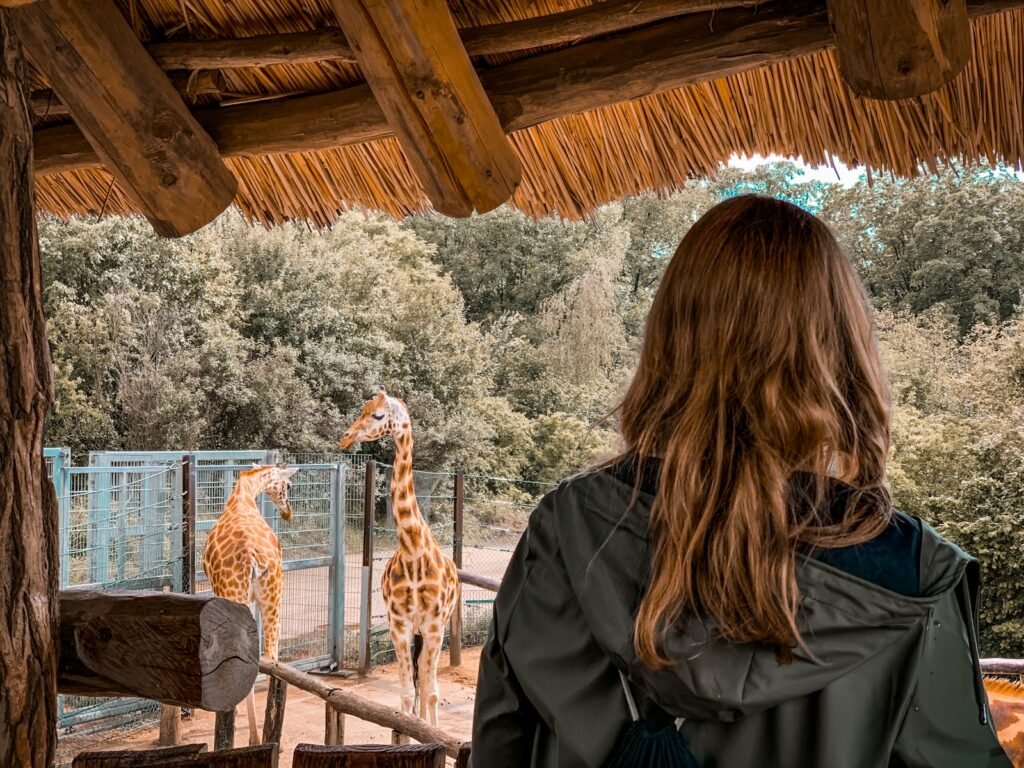
Many zoos partner with fieldwork and conservation projects around the world. These collaborations help fund and support anti-poaching units, habitat restoration projects, and community education programs. By collaborating with conservation organizations, zoos extend their impact beyond their confines, contributing to real-world change.
Zoos as Safe Havens

For some big cats, zoos serve as safe havens, providing refuge from immediate threats in the wild like poaching or habitat destruction. Rescued animals often find sanctuary in zoos, where they receive the care they need and contribute to the genetic pool through breeding programs if appropriate.
Technological Innovations and Conservation
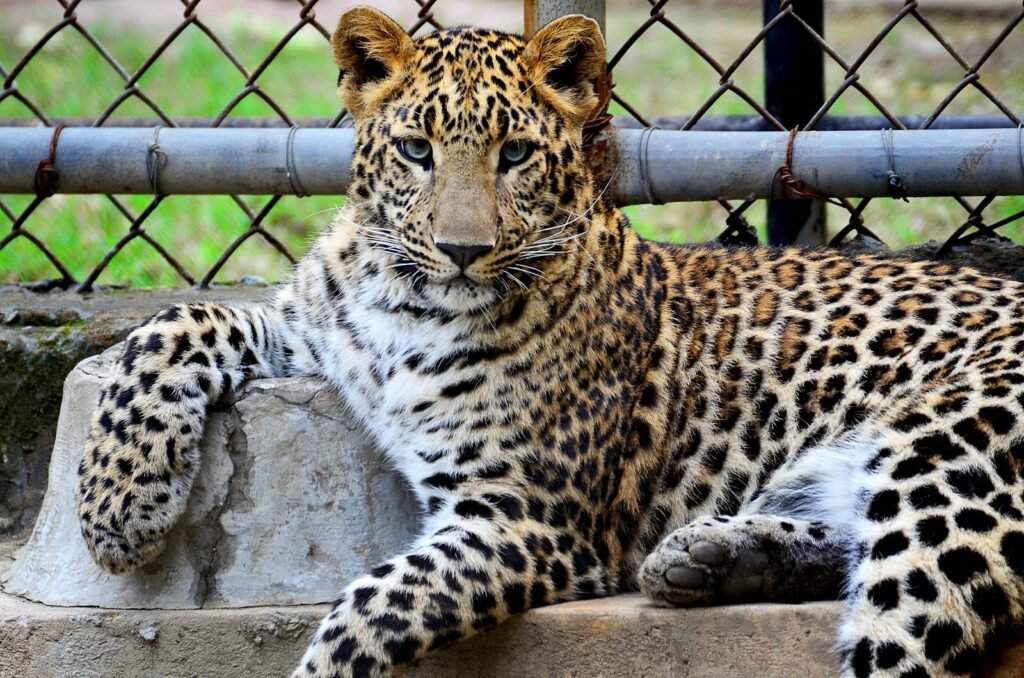
Advancements in technology have further allowed zoos to enhance their conservation efforts. Technology such as GPS tracking, camera traps, and non-invasive genetic sampling in partnership with global conservation projects provides new insights into big cats’ behavioral patterns and habitat use, assisting in devising more effective conservation strategies.
Public Support and Funding

Zoos garner significant public interest, which translates into funding for conservation projects. Entrance fees, donations, and sponsorships often go towards big cat conservation efforts, amplifying the resources available to protect these animals in the wild and continue in-house research and breeding programs.
The Ethical Debate and Zoos of the Future
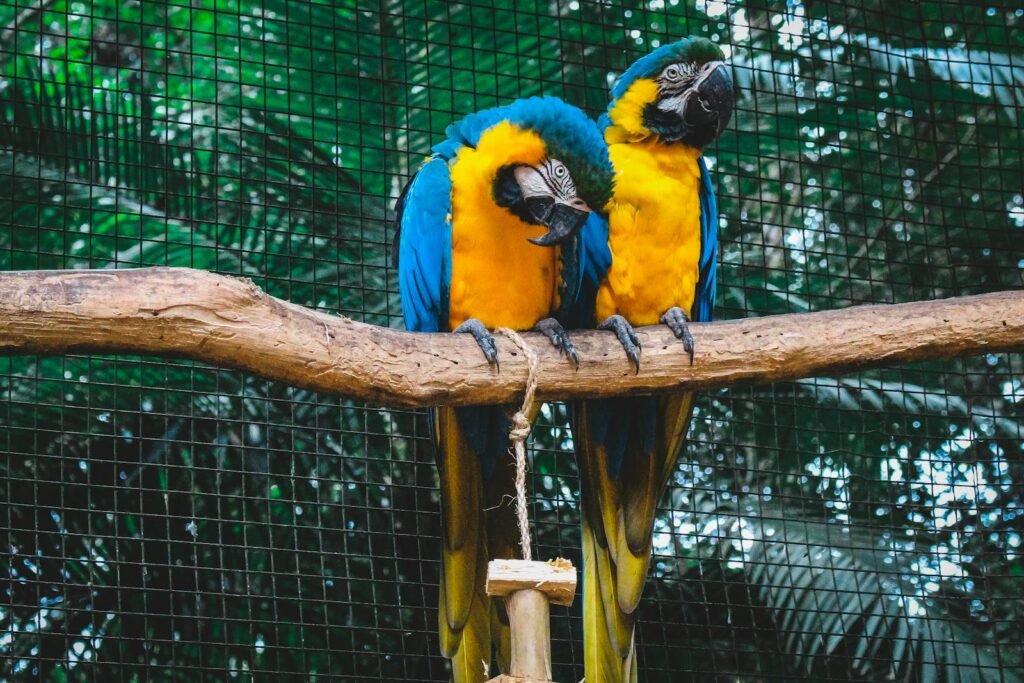
Despite their contributions to conservation, zoos face ethical scrutiny regarding captivity’s role in animal welfare. As zoos evolve, they are shifting toward naturalistic habitats, prioritizing animal welfare, and implementing enrichment programs that mimic big cats’ challenges and experiences in the wild. By doing so, they aim to balance the needs of individual animals with broader conservation goals.
Conclusion: Zoos as Contributing Partners in Conservation
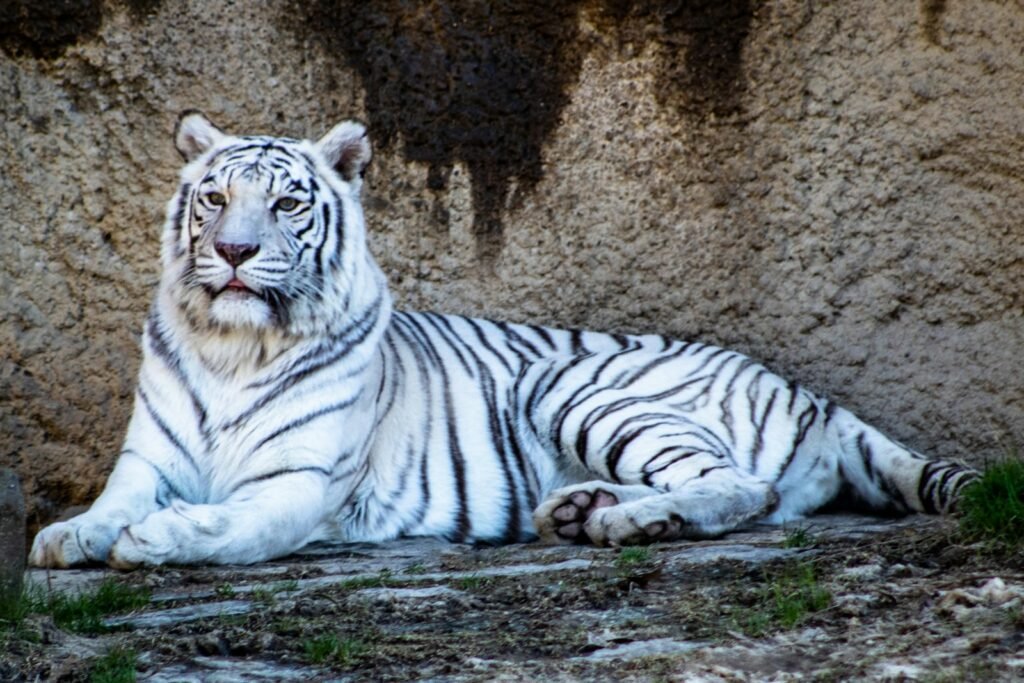
In conclusion, while the ethical considerations related to zoos remain complex, their role in big cat conservation is undeniably significant. Through breeding programs, research, education, and worldwide collaboration, zoos contribute to preserving these incredible animals for future generations. As zoos continue to innovate and evolve, they hold the potential to serve as pivotal partners in global conservation efforts, ensuring that big cats remain a vital part of our planet’s biodiversity.

Growing up traveling and experiencing new cultures and wonders, I have had a passion for nature, adventuring, photography, and videography. I am currently working towards a BSc in Biodiversity and Ecology at Stellenbosch University, and I hope to specialise in Marine Sciences one day.
Please send any feedback to Feedback@animalsaroundtheglobe.com






